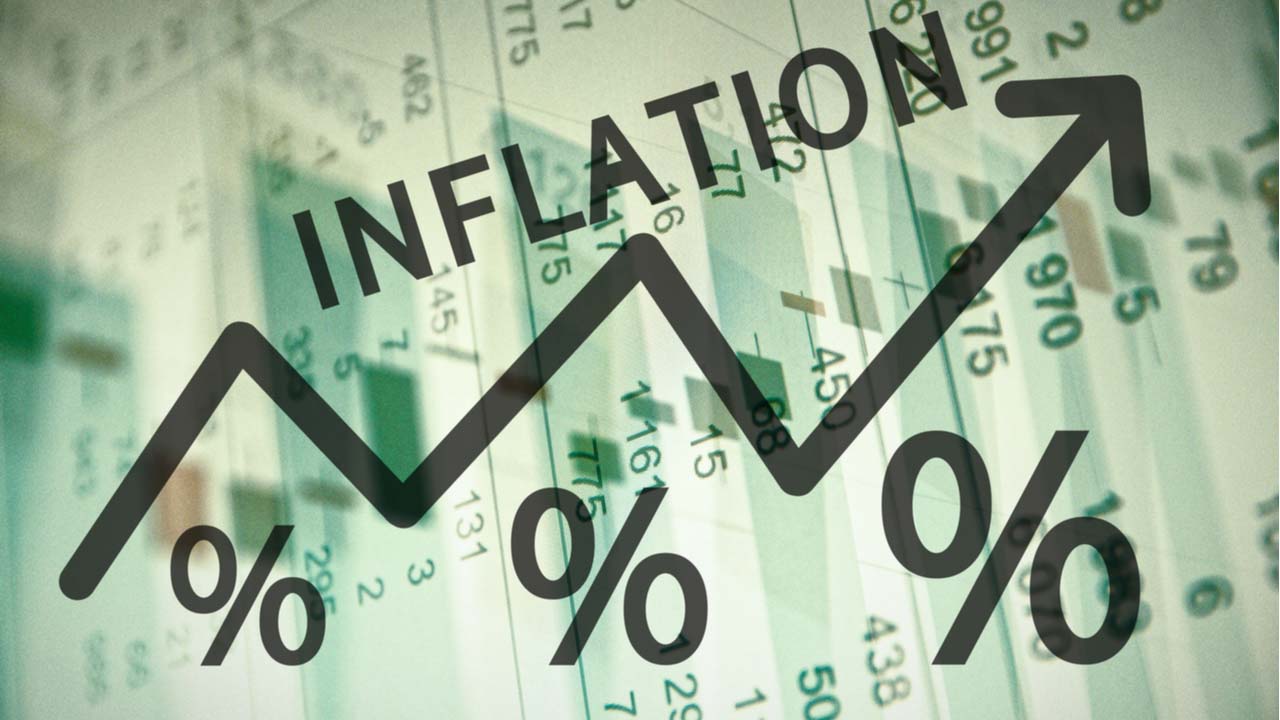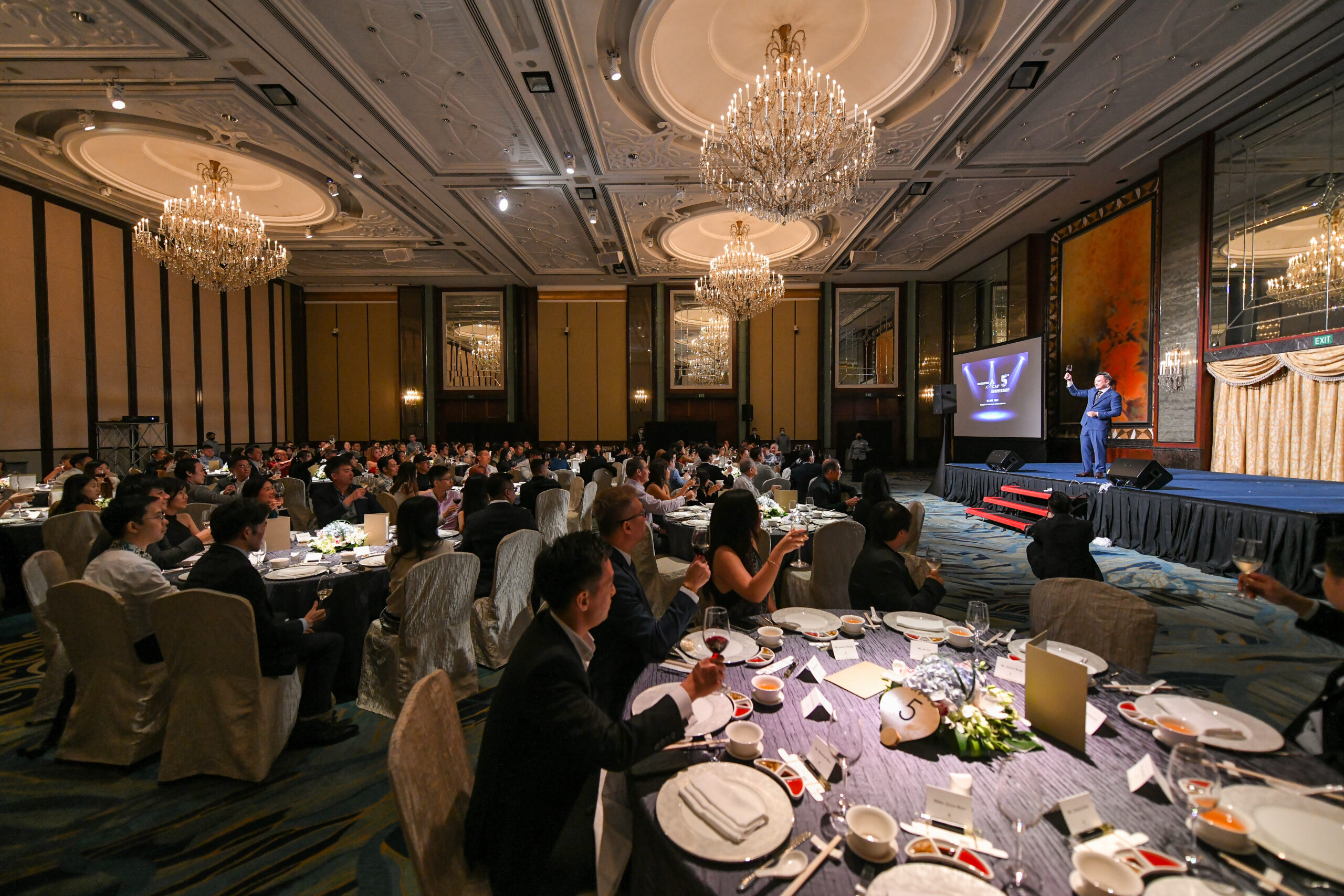
The Must-Knows About Inflation Today
7 min read
Inflation has been the talk of the town for the past many months so what exactly has been going on in this post-pandemic era? We have been receiving snippets of tapering news since the tail end of last year and it has been ongoing ever since. In today’s monthly issue, we will delve deeper into the concept of inflation and how it has impacted many nations especially since COVID took center stage in the past two years, resulting in unprecedented fiscal and monetary stimuli coming into play to curb the financial problems that tagged along the pandemic.
Basically, inflation is the rate of increase in prices over a given period of time. It is typically a broad measure of the overall increase in prices or the increase in cost of living in a given country and hence the decline in purchasing power of a particular currency. It can also be calculated more precisely with the average-weighted price level of a basket of selected goods and services in an economy, often expressed as a percentage. This gives us a widely used economic indicator, the Consumer Price Index (CPI).
The concept of inflation is vital in understanding the economy of different nations as it impacts the general cost of living, which ultimately leads to a deceleration in economic growth. In fact, we can make a simple conclusion that sustained inflation occurs when a nation’s money supply growth surpasses economic growth. Hence, to manage inflation, each country has an appropriate monetary authority, such as the central bank, to take necessary measures to manage the money and credit supply to ensure that inflation is kept at optimum limits and the economy can run smoothly
Hyperinflation Today
To have a better understanding of the severity of inflation, we will take a look at a country that has been undergoing hyperinflation and how this has impacted its people as well as stunted the economic growth of the nation. Hyperinflation refers to a rapid and uncontrolled general price increase in an economy, typically rising more than 50% per month. Venezuela is one country that is looking to break the Guiness World Record for having the most prolonged hyperinflation in modern history. It has recorded a high inflation rate of 196.6% at the start of 2019 – a mind-boggling rate indeed. Here’s why: imagine having $100 in your bank account now, with such an inflation rate, at the end of the year you can only purchase a morsel of goods worth only a measly $30 with that same $100 in your bank account. Such is the atrocity of hyperinflation!
What about us?
Fortunately, hyperinflation is not a common phenomenon. Back home in Singapore, we are expecting a relatively healthy growth of about 2.5% in 2021, at the top of the official forecast range, and will continue expanding at a slower rate going into 2022 as a result of uneven recovery across various sectors in this post-pandemic era. Outward-oriented sectors like manufacturing and wholesale trade are expected to remain strong, while aviation and tourism related sectors are likely to remain below pre-COVID levels in the next year. With over 80% of our population being fully vaccinated, we have also eased safety measures in the country and opened up more vaccinated travel lanes (VTLs), allowing greater recovery in the consumer facing sectors as well.
External inflationary pressures are also elevated, with seemingly longstanding supply disruptions coupled with a stronger pickup in demand. Supply chain bottlenecks are also contributing to the rise in prices of raw materials as well as food supplies, while the global energy crisis has led to soaring energy commodity prices. All these factors could lead to more persistent inflation. In anticipation of some of these factors, the local central bank had made the surprise move to tighten its monetary policy in its last review in October. With the ongoing inflationary pressures and Singapore’s key price gauge rising by the fastest pace in almost three years, I would expect the Monetary Authority of Singapore (MAS) to act again in April during its next meeting.
Furthermore, MAS has also recently added 26.35 tonnes of gold discreetly to its official monetary gold reserves, boosting its strategic gold holdings by 20% to approximately 154 tonnes. This is Singapore’s very first gold purchase in two decades and such a move in the modern economy is conventionally perceived as an inflationary hedge. With MAS anticipating a persistently high inflation in the near future, I think a smart move would be to pay close attention to Singapore’s inflation rate trajectory so we can start preparing our own inflationary hedge with investments that can beat inflation at least in the near future. It might be challenging but such a move is necessary if we intend to have sufficient funds for our future retirement. The central bank’s response would also be vital in adjusting the value of our currency but we would leave that for MAS to decide considering how it has done a pretty good job managing the local economy thus far.
The situation in United States
Inflationary pressures are also hitting one of the major economic leaders, the United States. What was initially thought to be transitory as a result of the global economy reopening is clearly persisting at present. Inflation rates today are rising at breakneck speed in the U.S., recording a high of 6.2% in October this year, as measured by the CPI. This sudden spike is causing policymakers to rack their brains evaluating optimal measures to counter or at least slow down inflation rates. The same external inflationary pressures are driving up the indices in a rather unprecedented manner due to the coronavirus pandemic. Other factors besides global supply chain disruptions include turmoil in the labour markets and also strong consumer demand after the global economies reopened. It also doesn’t help that today’s prices are being measured against prices during last year’s COVID-19 induced shutdowns around the world.
As a result of the COVID catastrophe, the Federal Reserve had swiftly acted with a sufficiently accommodative monetary response, coupled with the Congress’s initial pandemic aid that helped stabilise household incomes during the recession. Pundits reckon that the multiple spending packages have ended up overcorrecting for the downturn by excessively boosting income and savings. Even after the recession ended, we still witnessed the Congress employing massive government spending measures which included a whopping $3.5 trillion budget resolution, accounting for the largest spending package ever. These costs should not just be measured in absolute numbers and we clearly ought to examine the opportunity costs incurred. In my opinion, the spendings could have been more productive if placed in private investments that could allow private sectors to grow. Perhaps it could have possibly helped reduce the impacts of inflation we face today.
Nonetheless, retrospection is only insightful as far as we can use it to correct erroneous events. Moving forward, I think policymakers should be more aware of the additional risks involved in government spendings. Large government spending packages often have tax increases that tag along and this could reduce economic growth by depressing employment and investment. This is largely because the corresponding tax increases are likely to stamp out the benefits of the government investment, thereby decreasing economic growth shortly after its enactment. This very much defeats the very purpose of the policy, right? While monetary policies help prevent inflation, future monetary tightening policies would only prove to be largely ineffective should such extraordinary spending patterns persist.
More importantly, let’s dwell a little deeper into the implications of the current inflation in the U.S.. Well, inflation is generally helpful in growing the economy, but clearly not at a rate of 6.2%. At present, we are approaching a post pandemic economy that is in a state of recovery. Should the Feds decide to increase interest rates in order to tackle the persistently high inflation, it will end up tightening an economy that is currently in the midst of recovery. An increase in interest rates would increase the costs of borrowing and also restrict consumer spending. This then translates to lower demand for goods and services as purchasing power falls. The U.S. is one of the trading partners whose total merchandise trade value of Singapore exports exceeds that of imports. Hence, this could in turn cascade down to an adverse impact on local business entities. As much as these are mere speculations, the possible implications are certainly hard to ignore.
A Trader’s View
USD/SGD
As we can see from above, USD/SGD is currently trading at 1.3695, with the up-trend line supporting and pushing the price up. We are likely to see that USD may strengthen in the upcoming weeks towards the 1.46 region.
However, we can also see from the chart that there is a strong resistance line at the region of 1.46. We would expect that once the price reaches 1.46, there will be a slowdown in the trading price of USD/SGD for a period of time. If the resistance line is broken, we see that the price may move towards the next resistance at 1.55 region.
EUR/USD
To further support our analysis, let’s take a look at another pair, EUR/USD.
As we can see, EUR/USD is in a downtrend in recent years. After seeing some rebound around 1.05 region, it has hit a ceiling at the resistance region around 1.25 twice, thereafter making a downward move.
We could possibly say that USD is likely to strengthen and push the price down further. The price may move towards the 1.05 region again.
In conclusion, the chart analysis aligns with what we expect from the U.S. monetary policies. As the U.S. is likely to curb inflation rate with the increase in interest rate, this increase spells the likelihood of USD strengthening.
OUR
PARTNERS


GET
IN TOUCH
Come and visit our offices or simply send us an email anytime you want.
We are open to all suggestions from our faithful clients

US
clientcare@arqcap.
com.sg

VISIT
US
68 Duxton Road #03-01 Singapore 089527













